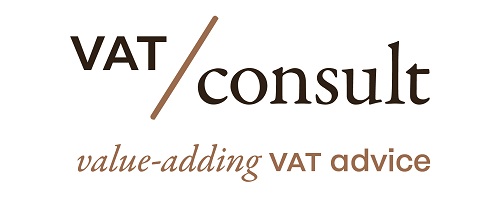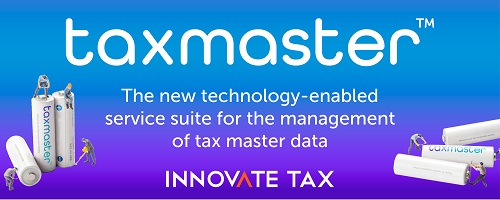The questionnaire can be accessed and completed through this link. It combines the questions of the Global and Supplementary EU questionnaires circulated in 2021/22 and it should take no longer than an hour to complete it. In attachment you may find a covering letter by the WU Global Tax Policy Center and the PDF version of the questionnaire.
Cross-border VAT disputes can take long to resolve in and out of court, create uncertainty, distort trade within the EU, may influence the location decisions of companies and have financial impacts. This is why the European Commission is examining the need for a legal mechanism to resolve such disputes within the EU. However, without a ‘business case’ demonstrating the ‘existence’ and ‘impact’ of cross-border VAT disputes causing double taxation, it is unlikely that the European Commission will act.
Vienna University of Economics and Business has collected data under its multi-stakeholder initiative to explore the causes of such disputes, the current mechanisms available to minimise and resolve them and what new options are open to the European Union to act.
This Survey, which is a shorten version of the two questionnaires already sent out and which should not take more than 1 hour to complete, aims to collect additional data from businesses, business federations, tax advisors, lawyers and other experts on cross-border VAT disputes in the EU to assess the scale of the problem and identify the root causes with the goal of suggesting solutions to reduce the number of cross-border VAT disputes through prevention and resolution mechanisms.
This project is reviewing cross-border VAT disputes that can be bilateral, trilateral or maybe even multilateral. Here are some definitions to help you understand the scope of this survey:
– A dispute: a disagreement between a tax administration and a taxpayer on the interpretation and application of the legislation or on the relevant facts. The taxpayer may decide not to pursue a disagreement into a formal litigation process because it is e.g., too costly, too time consuming given the amount of VAT at stake, or its potential impact on the taxpayer’s relationship with the tax administration or on the taxpayer’s reputation is too grave.
– A bilateral cross-border VAT dispute: a dispute between two parties, a tax administration of an EU Member State and a taxable person not established in the Member State where the dispute occurs. The taxable person can be established in or outside of the EU (EU-EU or non-EU-EU).
Examples:
- disputes on the applicable VAT rate for a supply of goods in that Member State;
- disputes on an EU VAT refund or a 13th Directive VAT refund.
– A trilateral cross-border VAT dispute: a dispute between three parties: a taxable person and two tax authorities of two different Member States (MS1 and MS2). The taxable person can be established in one of those two Member States (MS1 or MS2) or in another Member State (MS3) or outside of the EU.
Example: disputes on the place of supply: A taxable person (A) in MS1 provides contract manufacturing services to a business (B) (the principal) established in MS2. The taxable person and the tax authorities of MS2 treat those services as cross-border services subject to VAT in MS2. The tax authorities of MS1 disagree and claim that (B) has a fixed establishment in MS1 and that therefore VAT of MS1 should have been invoiced by the taxable person (A) on the services supplied to the contract manufacturer (EU-EU). This could also occur if the principal (B) is established outside of the EU (non-EU-EU-EU).
We would appreciate it if you provide the available data that relates to the period 2021-2022. You have the option, in case you have data on the period 2016-2020, to provide those too (optional).















